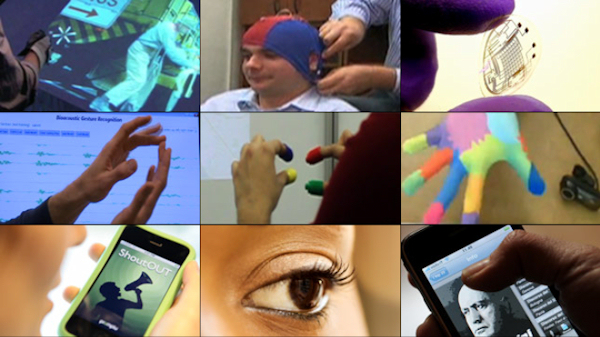1st Workshop on HCI for Wellness (HCI4WELL):
Using computers to improve mental wellness, at HCI 2010
International Workshop. 7th September 2010. University of Abertay, Dundee
http://www.glyndwr.ac.uk/pickingr/hci4well.shtm
This HCI 2010 workshop focuses on aspects of ‘wellness’, and specifically those that are related to cognitive aspects of mental well-being. Wellness is a broad term which covers a range of human conditions, including physical, intellectual, emotional, spiritual and social needs. Perhaps the most accepted definition is: “Wellness is a multidimensional state of being describing the existence of positive health in an individual as exemplified by quality of life and a sense of well-being.” The advent of computer-based technologies that we increasingly rely on to live out our everyday lives raises the question of how we can best design, evaluate and utilize those technologies to improve mental well-being. The HCI4WELL workshop will essentially explore this fundamental question.… read more. “Call: Workshop on HCI for Wellness: Using computers to improve mental wellness, at HCI 2010”




